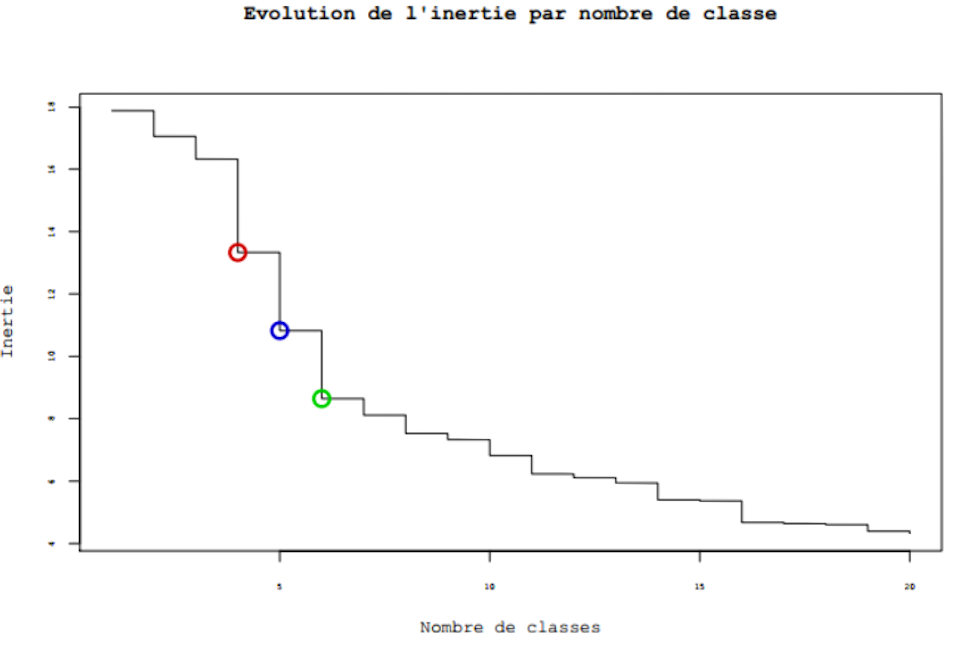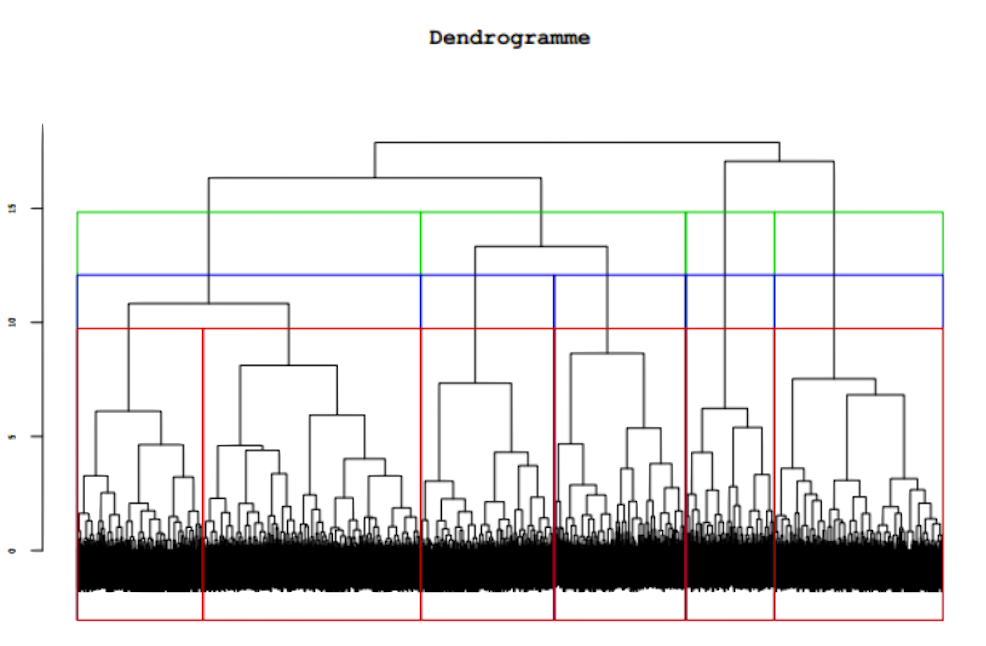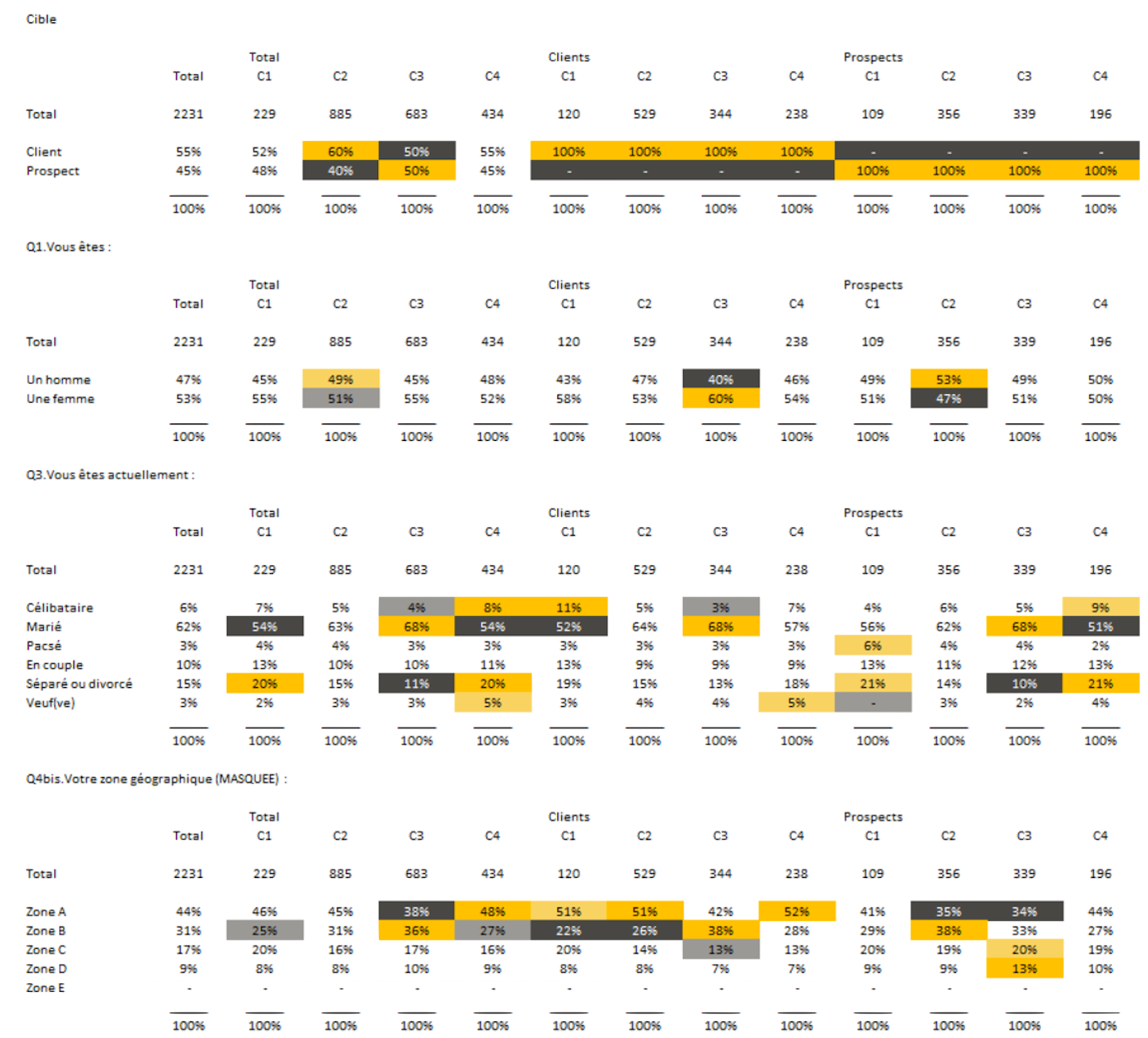A typology is a methodical approach, consisting of characterizing a subset of homogeneous statistical individuals from a population or sample of data, in order to facilitate the analysis and study of complex realities.
Typology is a statistical method available in different social sciences fields of course, but also in hard sciences such as medicine, biology, ecology, but also in linguistics etc.
In a given population, we could consider that there are as many expectations and opinions as there are individuals.
From a marketing or commercial point of view, it is quite obvious that a service or consumer goods production company cannot create and market 100% personalized products or services for each of its customers.
Knowing your consumers is therefore essential. Creating a typology of its consumers, by grouping them by affinity on a specific issue or need, is then a major lever of your marketing and sales strategy, your innovation products and services.
The analysis of these different types of customers, will allow you for each of them:
✔ To create products or services in accordance with their expectations,
✔ To define the right messages and the levers to operate for each of them,
✔ To communicate on the right channels,
✔ Provide a more personal experience for your customers,
✔ Deliver products or services at the right time and place,
✔ Optimize your marketing campaigns,
✔ etc.
In short, a typology can be used to segment your offer, creating a range of services or products to meet the diversity of customer needs.
Typologie in action
Creating a good typology means:
1. A clearly defined marketing objective:
Stat & More will always ask to clarify / explain the objectives expected by the end customer if these are not sufficiently, nor clearly stated,
2. Test different solutions, choosing to inject or not data into the analysis, transforming data rather than working on raw data ...
3. Work as a team with the client(s), setting regular milestones to ensure that the work performed is in line with the defined objectives throughout the analytical process.
From an operational perspective, a workable typology will be identified if:
1. Within each type or group, there is a real consensus among the individuals making up the group,
2. Real and significant differences characterize the identified groups,
3. It makes sense for the marketing and sales teams,
4. It is technically operational for your customer.
Typology implementation
The work around a typology is relatively standard, and could be summarized like this:
| Data preparation | ⟶ | Pre-processing Data Collection Define Targeted Variable Screening of candidate variables Data Cleaning |
| Variable reduction | ⟶ | Tools Principal Componant Analysis Multiple Factorial Analysis Discriminant Analysis Machine Learning... |
| Typology | ⟶ | Tools Hierarchical Classification Canonical Typology k-means Fuzzy Classification... |
The data used are diverse and may include:
✔ Socio-demographic data from internal CRM or external database,
✔ Survey or conversational data,
✔ Consumption/use data of product or service,
✔ Responses to previous marketing solicitations,
✔ Website visit behaviors,
✔ B2B business data,
✔ Time series energy consumption data,
✔ Financial, market descriptive,
✔ etc.
In detail, the study process is as follows:
| Step #00 | Step #01 | Step #02 | Step #03 | |||
| Screening Variables | ↘ | Tabulation on 2 or 3 typology solutions | ||||
| Customer Data (CRM) 5 - 20 variables |
⟶ | Raw data analysis Variables reduction by PCA(1) / MCA(2) etc |
Typology by AHC(3) and / or k-means |
↗ | Exchange with the end customer to validate a final solution | |
| ⟶ | ⟶ | |||||
| Survey / Pool 40 - 60 variables |
⟶ | ↘ | ||||
| Other data Exogeneous |
↗ | Profiling of final types |
(1)PCA = Principal Component Analysis
(2)MCA = Multiple Correspondance Analysis
(3)AHC = Ascendant Hierarchical Classification
Example Output
These few images below illustrate the tools available to choose the number of types to remember from a study point of view.
The final decision on the number of types to be retained is made in a collegial manner, with the final customers, in order to retain an operational typology.



Customer Use Cases
Cas 1 : Typology of football fans
Based on 40,000 individuals qualified from a socio-demographic point of view, then in terms of buying behaviours in stadiums and their habits before,
during and after games, we have identified distinct fans profiles within the stadium football fans population.
These different types of fans are the subject of specific offers, imagined and made available by various operators involved in the management of football matches.
Cas 2 : Parenting and parent <–> children link
Using data from surveys of parents and children aged 3 to 11 years old, we have created a typology of parent <–> children relationships in the ethno-sociological sense.
This typology has been modelled in order to qualify the parents according to the typology found, and to follow their evolution over time in future quantitative or qualitative studies.
Cas 3 : Sales force
For a major player in domestic equipment, we’ve created and modelled a typology of individuals of their sales force team. From survey data on a sample of sellers, linked with individual data describing the history and background of each person in that sample, we were able to identify different types of business behaviour and their evolution over time.
This modelling has been disseminated to all employees of this sales force team to allow this actor to bring tools and methods to each type identified, the ultimate objective being to maximize sales volumes.
In this article, we have been able to address in a succinct and relatively simple way the methodolgical approach of a typology in Stat & More. Typology is a tool with very high added value for the management of your activities. At the very least, this is a method that should be available as a decision-maker.
You need support to set up a typology based on your business problems, to serve your strategies in your company, contact us.
